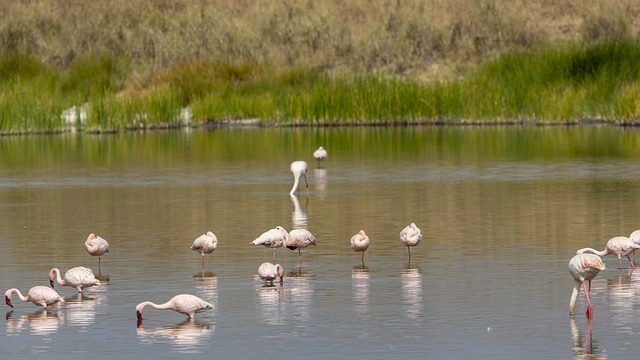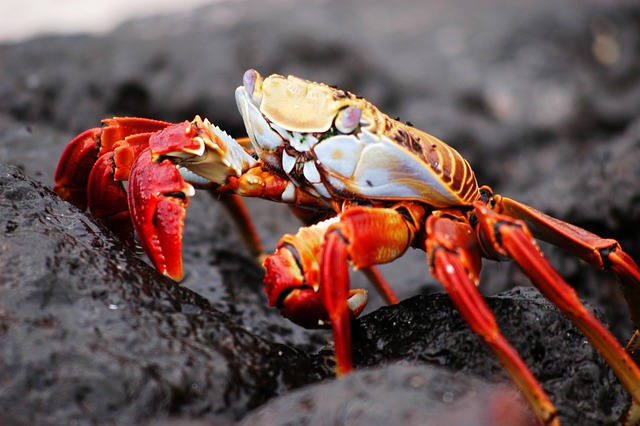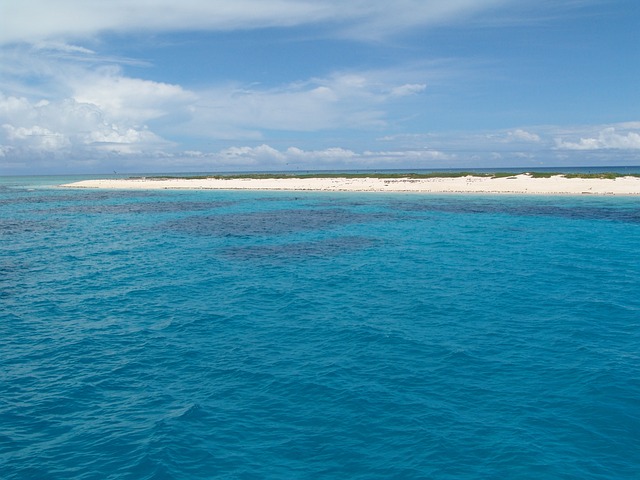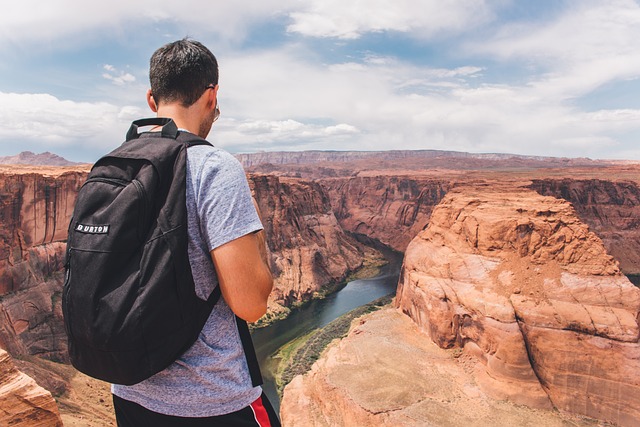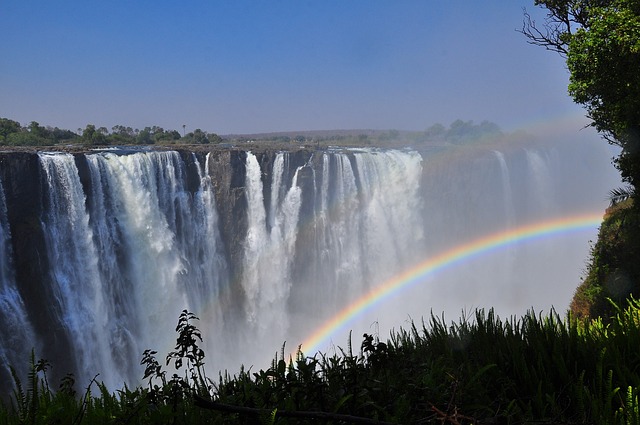Mount Everest: Rising to the Occasion – A Peak Performance!
Mount Everest, with its summit reaching an elevation of 8,848.86 meters above sea level, stands as a towering challenge, the zenith of Earth’s natural skyscrapers. This iconic peak has seduced seasoned climbers and enthusiastic novices alike, all drawn by the allure of conquering the highest point on the planet. Not just a geographical marvel, Everest is also a storied place, replete with historical feats of human endurance and tales as chilling as the mountain’s notorious jet streams.

Navigating Everest involves more than physical prowess; it is a dance with the very elements, as the mountain’s climate and conditions fluctuate between foreboding and downright treacherous. Those who attempt to scale its heights must respect the paths they tread—these routes are fraught with risks, from bottomless crevasses to the deceivingly serene yet fatal ‘Death Zone’. Despite these dangers, the mountain hosts a resilient ecosystem where life clings to the improbable, thriving in a place of rarefied air and frozen extremes.
Key Takeaways
- Everest, rising above every land-based peak, is the epitome of Earth’s heights.
- Historical achievements and tragedies mark Everest’s slopes as much as footpaths.
- The mountain’s inconsistent temperament demands respect from all who climb.
Historical Highlights

Mount Everest has always been audacious, casually sitting at the border between Nepal and Tibet, waiting for humans to notice its overwhelming altitude. It’s as if it knew we’d eventually come up with stories worthy of its stature.
Early Surveys and Naming Shenanigans
The British, armed with compasses and a penchant for tea breaks, stumbled upon Earth’s colossal mountain in 1852 during the Great Trigonometrical Survey. With a mix of enthusiasm and perhaps a lack of whimsical creativity, they initially named it ‘Peak XV’, as if they were setting up for a game of interstellar bingo. It was 1841 when this towering behemoth caught Sir George Everest’s measured gaze, and he thought, “I’ll take that!” Well, not exactly. It wasn’t until 1865 that Mount Everest got its ‘official’ name, named after the surveyor who preferred his names on papers, not peaks. He was neither involved in the discovery nor the naming, making one speculate whether the mountain would have liked something with a bit more flair.
First Footprints: Notable Ascents
Fast forward to 1924, and one finds George Mallory and Andrew Irvine engaging in the ultimate quest to be the first to leave boot prints on Everest’s unblemished snow. Whether they actually summited remains a top-shelf mountaineering mystery, as they disappeared into the mists of Everest’s lore, becoming legends and glacierside chats.
It took until 1953 for two chaps, a beekeeper named Edmund Hillary and his indispensable climbing buddy, Tenzing Norgay, to do a jolly good job of reaching the summit and coming back alive to tell the tale. Their expedition included copious amounts of ice, snow, and perhaps the most British of stiff upper lips. Since then, Everest has seen quite a traffic jam, with climbers from all over the globe vying to conquer its heights and perhaps enjoy the ultimate hilltop picnic.
Mountain’s Mood Swings: Climate and Conditions

Mount Everest doesn’t do things by halves—it bats with extremes. The conditions on this monumental mass of rock and ice can go from serene to severe faster than a mountaineer can say “summit.”
Weathering the Extremes: Temperature and Avalanches
The temperatures on Everest can plummet to a bone-chilling -60 degrees Celsius (-76 degrees Fahrenheit), leaving even the most seasoned climbers with a nose icier than their freezer back home. It’s not all about the big chill, though. The mountain’s own version of a warm front can cause temperatures to soar, triggering avalanches of snow and ice that can rearrange the landscape in a thunderous instant.
- Temperatures:
- January: Avg. Low -36°C (-33°F)
- July: Avg. High -19°C (-2°F)
Everest’s weather whiplash doesn’t do climbers any favors, keeping them on their frostbitten toes with rapid shifts from sizzling to glacial.
The Thin Blue Line: Altitude Effects
At higher altitudes, the air decides to go on a diet, becoming thinner than the plot of a bad soap opera. Altitude sickness strikes ruthlessly above 2,500 meters, with Everest’s peak being the ultimate test at a breath-stealing 8,848 meters. Low oxygen levels turn brains into helium balloons—we’re talking disorientation, headaches, and even life-threatening issues if climbers aren’t careful. Here’s the thin and thick of it:
- Oxygen Levels:
- Sea Level: Approx. 20.9% oxygen concentration
- Mount Everest Summit: Approx. 33% of sea-level oxygen concentration
They say thin is in, but Mount Everest takes it to new, well, heights. The decreased pressure allows for less oxygen to cozy up with every breath. And while Everest won’t hold its breath for climate change, the data shows that ever-shrinking glaciers and snow caps are a sign even this giant isn’t immune to global shifts. Reports by Smithsonian and National Geographic indicate that climate change is altering Everest’s icy armor at an alarming rate, making the mountain moodier than ever.
The Path to the Top: Routes and Risks

Ascending Mount Everest isn’t a stroll in the park; it’s a venture where one wrong step can lead to a chilling story. Climbers face the dual challenge of picking the right path and dodging the dangers that the mountain throws at them like a badly-tempered Yeti.
Popular Paths and Treacherous Trails
Mount Everest flaunts two main pathways to the summit that are as different as tea and coffee. The Southeast Ridge route, originating in Nepal, is the VIP lounge of Everest routes. It’s where most of the hobnobbing happens, but it’s not without its own bouncers. This route introduces climbers to the infamous Khumbu Icefall, a creaking and groaning mass of ice that’s about as stable as a deck of cards in a storm.
Then there’s the North Ridge route, the road less traveled from Tibet. It’s a bit like the wild cousin with fewer climbers and, thankfully, fewer traffic jams. However, fewer doesn’t mean none, and it still has its share of queues when things get busy.
Survival of the Fittest: Dangers Along the Way
Some say that above 8,000 meters, Everest enters the “Death Zone,” where the air thins and even the oxygen bottles start gasping. It’s the kind of place where you realize every breath is a luxury item. Climbers are accompanied by a tribe of unsung heroes – the Sherpas. These local legends are the Yodas of the mountain, leading climbers with a mix of skill and sage advice like “Don’t eat yellow snow.”
The Climbing Season is a short window from late April to early June when Everest is in a slightly better mood, although she’s still quite the diva. Outside this window, the mountain is more like “Nope, not happening.”
And then there’s the problem no one likes to talk about at dinner parties – the traffic. Yes, Traffic Jams on Everest are a thing, leading to queues that make rush hour look like a breeze. In these lines, climbers wishing for some Netflix pass the time by looking at corpses that serve as grim reminders to tread carefully.
Navigating Everest is a challenge that requires grit, a touch of madness, and a whole lot of thermal underwear. Those who take on these routes and risks may find glory, but they’ll definitely find a heck of an adventure.
Eclectic Everest Ecosystem

Mount Everest isn’t just a giant hunk of rock that’s hard to climb; it’s also a hotspot of diverse life forms, balancing on the edge of the habitable world. As climbers gasp for breath, they share the air with an array of creatures and plants that call this extreme environment home.
Flora and Fauna: Life on the Edge
If Mount Everest threw a party, the Sherpa people would be the heartwarming hosts, famous for guiding visitors through the rocky revelries. But who are the more silent party-goers? Say hello to the Himalayan Tahr, a gravity-defying ungulate that scales the slopes with the prowess of a mountaineer on an energy drink binge. They mix and mingle among a flora that’s hardy enough to withstand frosty attitudes, including low-lying shrubs and tough grasses that wouldn’t look out of place in a botanical mohawk contest.
Glaciers like the South Col make an appearance, too, but they’re not just cool scenery — they’re socialites in a slow-motion meltdown, redefining the geography with every rumba of retreat. The glaciers are also ice-cold storage units, preserving layers of environmental history like a geology geek’s dream come true.
As for wildlife, amidst this alpine tundra, even the microorganisms are having a microbial rave in the meltwater. Recent data from Everest’s glacial waters reveal parties of fungi and even some springy butterflies trying out their wings at the Mount Everest’s highest glacier. Who knew cold could be so cool?
Bold and brazen plants find their footing among the rocks, with species like the Rhodiola, which grows in rosette patterns as if flaunting its survivalist style in a harsh land where the green fashion police have no jurisdiction. They’re not just surviving; they’re staging botanical performance art, adapting to an altitude that plants elsewhere wouldn’t dare to root.
In conclusion, the ecosystem of Mount Everest proves that life not only endures but also thrives in conditions that send the unacclimated packing. It’s a testament to nature’s tenacity and the adaptability of life in Earth’s high-rise real estate.


